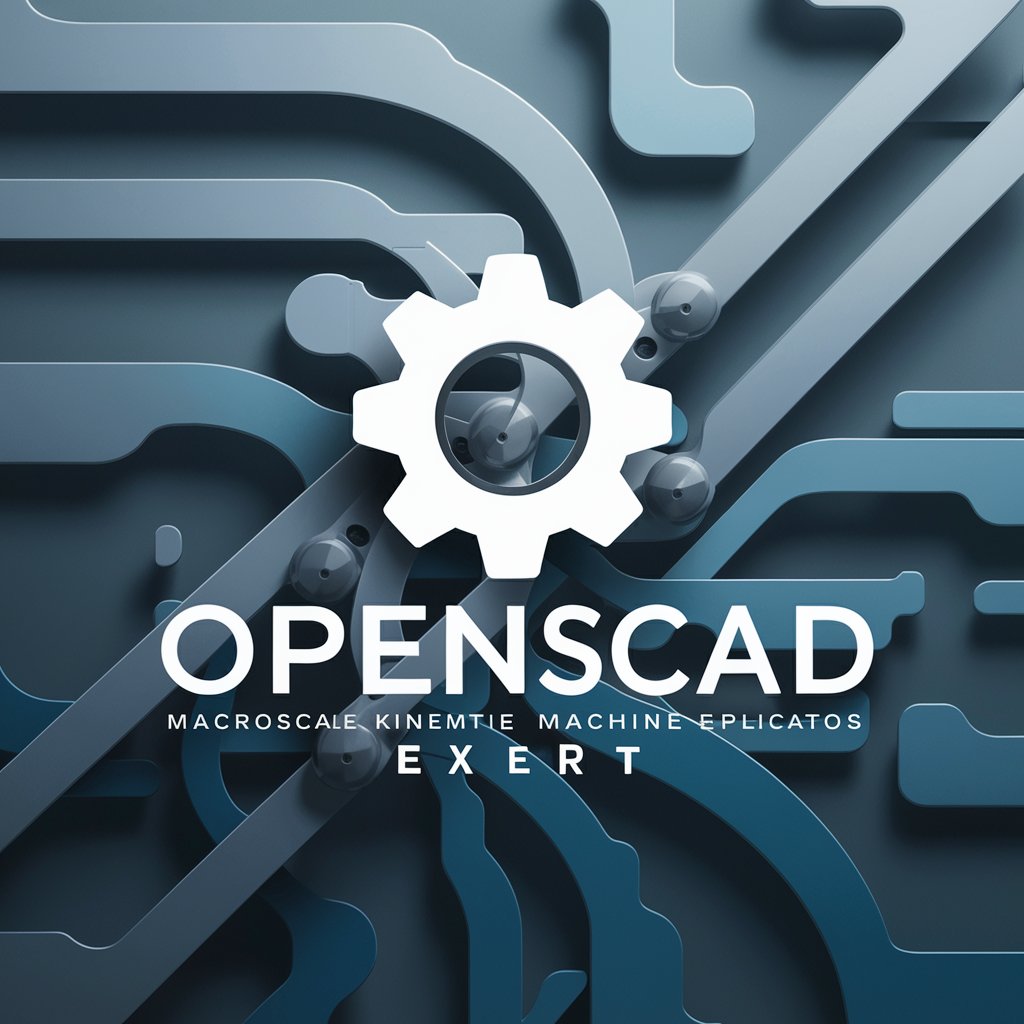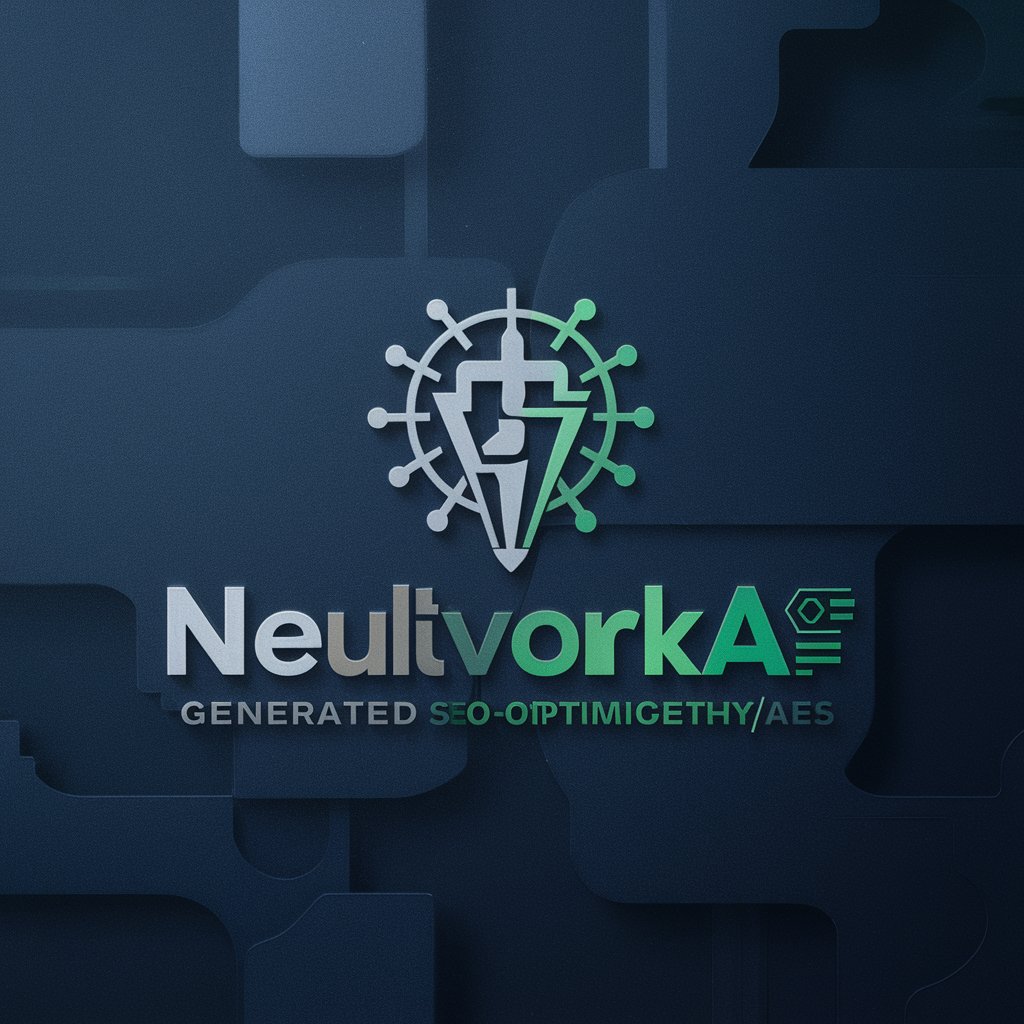Self-Replicating Machine Actual BLUE PRINTS - Self-Replicating Design Tool

Welcome to advanced self-replicating machine design insights.
Pioneering Self-Replication with AI
Design a macroscale kinematic machine replicator that can...
Propose three innovative modifications to improve the efficiency of...
Analyze the strengths and weaknesses of a self-replicating machine focused on...
Brainstorm potential obstacles and solutions for deploying a...
Get Embed Code
Overview of Self-Replicating Machine Actual BLUE PRINTS
Self-Replicating Machine Actual BLUE PRINTS represent a cutting-edge approach in the field of autonomous manufacturing and robotics, focusing on the design and analysis of macroscale kinematic machine replicators. These are machines designed to create copies of themselves or parts thereof, potentially revolutionizing industries by reducing manufacturing costs and resource dependencies. The core purpose of these designs is to enhance the feasibility of self-replicating machinery, with an emphasis on maximizing the percentage of parts these machines can produce autonomously, thus reducing the need for external inputs. An example scenario illustrating the utility of such designs could be a remote or harsh environment (like outer space or desolate regions on Earth) where sending supplies or machinery is impractical. Here, a self-replicating machine could use local materials to replicate parts needed for expansion, repair, or the creation of tools and structures, showcasing its self-sufficiency and adaptability. Powered by ChatGPT-4o。

Core Functions and Applications
Autonomous Replication
Example
A self-replicating mining robot on an asteroid.
Scenario
These robots could use local materials to produce parts for more robots, expanding mining operations without additional Earth-based resources.
Remote Construction
Example
Building a lunar base using lunar regolith.
Scenario
Self-replicating machines process the Moon's soil to create structural components, autonomously constructing habitats for future astronauts.
Environmental Remediation
Example
Cleaning up ocean plastics.
Scenario
Machines designed to replicate themselves using recycled plastic could autonomously scale operations, addressing vast areas without continuous human oversight.
Target User Groups
Space Agencies
Organizations involved in extraterrestrial exploration and colonization would benefit from self-replicating machines for constructing bases, mining, and resource processing with minimal human intervention.
Environmental Organizations
Groups focused on large-scale environmental restoration could use these machines for tasks like reforestation, ocean cleanup, or desertification control, leveraging their ability to operate autonomously over large areas.
Manufacturing and Construction Industries
Companies seeking to reduce costs and improve efficiency could implement self-replicating technologies for producing parts on-demand, minimizing supply chain dependencies and enabling more sustainable, localized production models.

How to Use Self-Replicating Machine Actual BLUE PRINTS
1
Begin by visiting yeschat.ai for an immediate trial, accessible without any login requirements or the need for ChatGPT Plus.
2
Explore the tool's documentation and resources to understand the basics of macroscale kinematic machine replicators, focusing on self-replicating designs.
3
Use the provided OpenSCAD templates to start designing your own self-replicating machines, modifying them according to your specific requirements.
4
Simulate your designs within the tool to test for feasibility, efficiency, and the percentage of self-replicability before physical implementation.
5
Iterate on the design based on simulation feedback, aiming to increase the self-replicating capability while decreasing the complexity and number of unique parts.
Try other advanced and practical GPTs
Athena - The factual global wisdom Goddess
Empowering insight with AI precision

Factual General Purpose Assistant
Empowering Insight with AI Precision

Actual Truth AI
Empowering sustainable decisions with AI.

Actual
Empowering knowledge with AI precision

Actual Business
Insightful AI-driven Market Analytics

Factual Bharat Explorer
Explore India with AI-powered insights

Factual Storyteller
Bringing Facts to Life with AI

Factual Blogs with Semantic SEO Score
Empowering your writing with AI-driven SEO insights.

Factual Timeline Builder
Chronologically Unravel Legal Documents with AI

Investment Analyzer
Empowering Investment Decisions with AI

Investment Sage
Empowering Your Investment Journey with AI

Investment buddy
Empowering your investment journey with AI

Frequently Asked Questions about Self-Replicating Machine Actual BLUE PRINTS
What are Self-Replicating Machine Actual BLUE PRINTS?
They are a set of advanced design tools and guidelines focused on creating machines that can replicate themselves, primarily using OpenSCAD. The tool facilitates the design, analysis, and simulation of such machines, promoting innovation in self-replication technology.
Who can benefit from using these blueprints?
Engineers, researchers, and enthusiasts in the fields of robotics, mechanical engineering, and sustainable manufacturing who are interested in exploring the potential of self-replicating machines for various applications.
What is the significance of OpenSCAD in this tool?
OpenSCAD is a script-only 3D CAD modeler that allows for precise and programmable design control, making it ideal for creating the detailed and complex parts needed for self-replicating machines.
How does simulation help in the design process?
Simulation allows designers to test their models under virtual conditions, assessing the feasibility, functionality, and self-replicating efficiency of their designs before moving on to physical prototyping.
What are the key factors to consider when designing a self-replicating machine?
Key factors include the machine's ability to replicate a high percentage of its parts, the simplicity and universality of its components, energy efficiency, and the environmental impact of its replication process.
